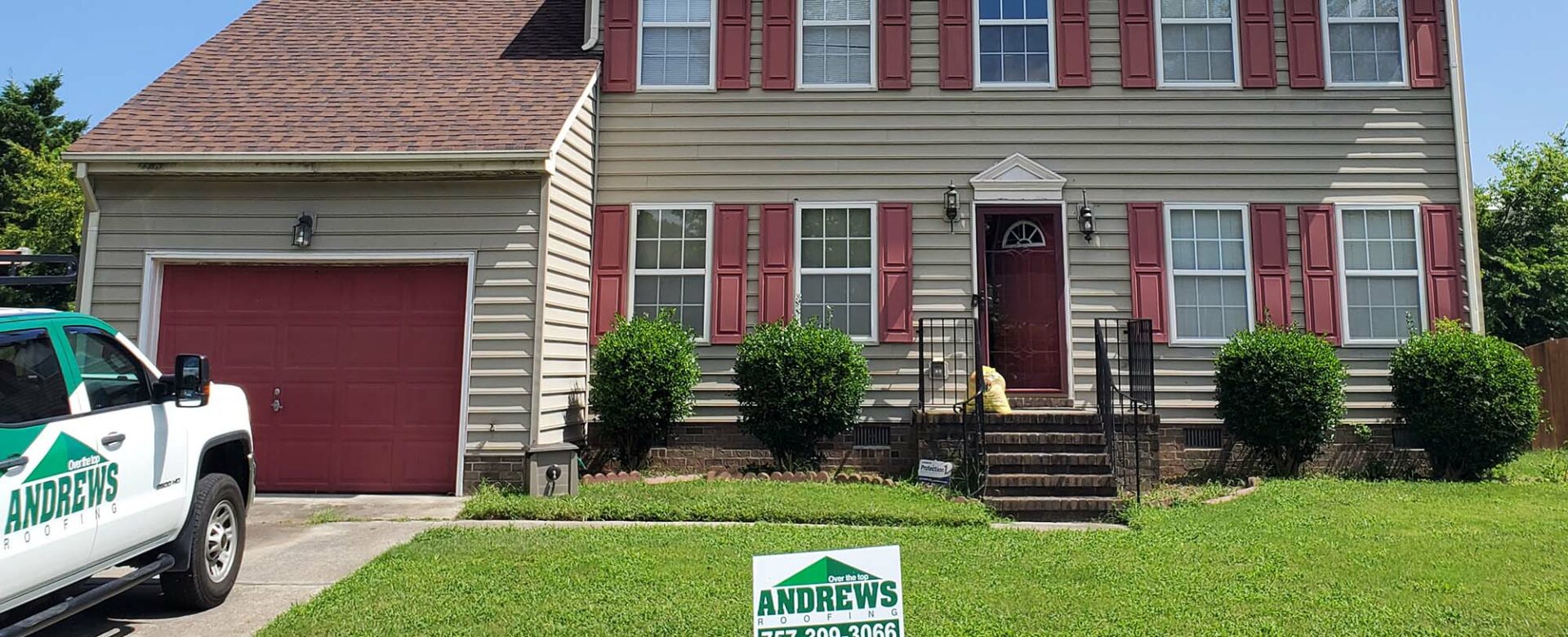If you’ve been thinking about putting your house on the market, you may be making a list of items to repair or update prior to listing it. Depending on the age of your home or your home’s roof, it may be worthwhile to add it to the list.
While installing a new roof can be a big investment, there is definitely a worthwhile return. Here are a few ways that installing a new roof can help you sell your home.
Increase Your Curb Appeal and Property Value
A new roof enhances the overall appearance of your home, making it more attractive to potential buyers. A dingy, stained roof and particularly a roof with broken, brittle or missing shingles is a big turn-off and could be the reason a buyer walks away.
A new roof can also increase the value of your home and lead to a higher appraisal value, which is beneficial if buyers are trying to secure financing. You may be able to set your selling price a little higher than the competition because buyers can be confident that they won’t have to invest in a new roof themselves for many decades. This also gives you leverage in negotiations as buyers may be less likely to negotiate for a lower price based on the home’s condition.
Expedited Sale
Homes with a new roof tend to sell faster because buyers are confident that they won’t have to go through the roof replacement process themselves for several decades. And with transferable warranties, they also won’t have to be concerned with repairs for many years. When your home has a new roof, it can be marketed as “recently renovated” or “move in ready” and this can attract more potential buyers looking for a turnkey home.
If you’ve chosen energy efficient materials to replace your roof with, you can also use that as a marketing tool, letting buyers know that their heating and cooling costs will be lower than average.
Reduce Inspection and Code Issues
A new roof installation ensures that your home complies with current building codes and regulations which can also reduce the likelihood of inspection issues or repair requests from buyers. This can lead to smoother negotiations and a more seamless closing process.
Choose the Local Experts
While installing a new roof is an investment, it will set your home apart in the competitive real estate market of southeast Virginia. So, before you stick the “for sale” sign in the yard, contact your local roofing experts at Andrews Roofing. We offer a basic or in-depth roof inspection service that, depending on the level you choose, will give you information such as your roof’s average life expectancy, current status, any needed repairs and any necessary quotes to repair or replace the roof, all in writing on Class A state licensed contractor letterhead. This is an excellent service to have done prior to putting your home on the market so a potential buyer can feel confident in their offer and so that you are not blidnsided by anything during the inspection process. Contact us today to schedule your roof inspection report.






